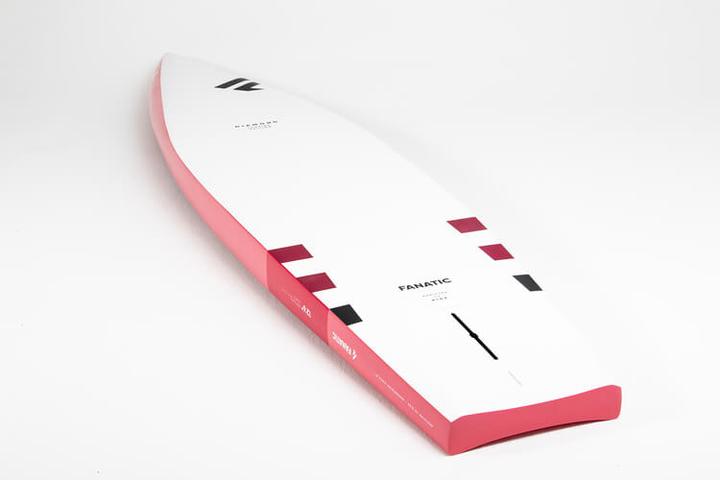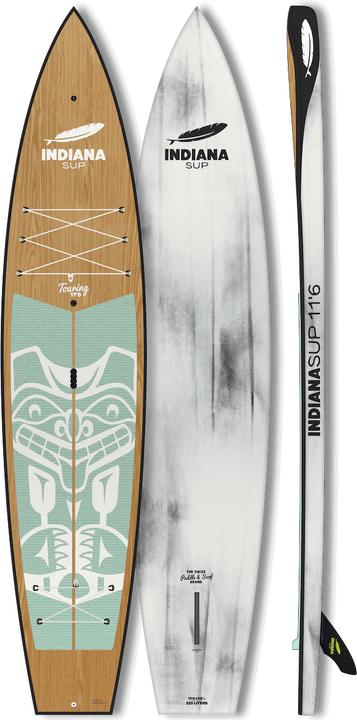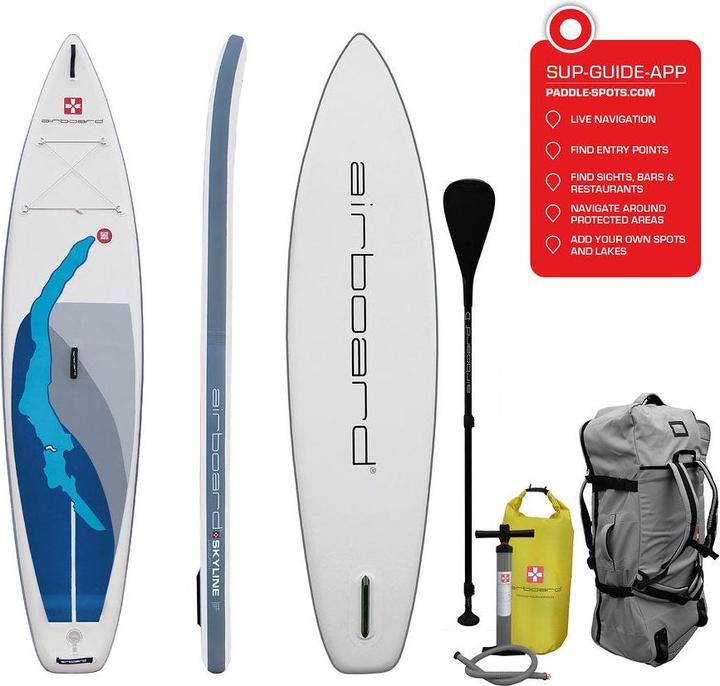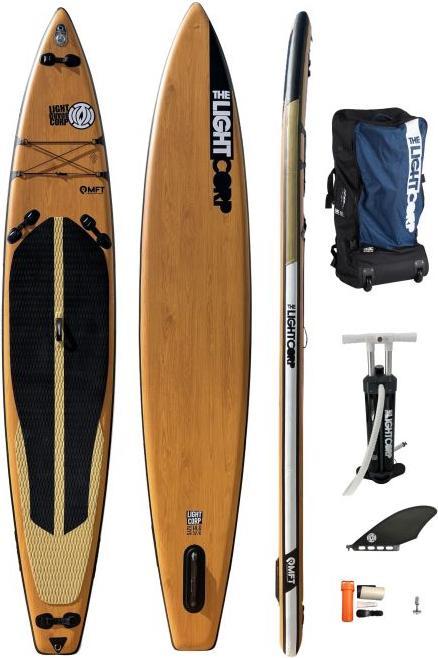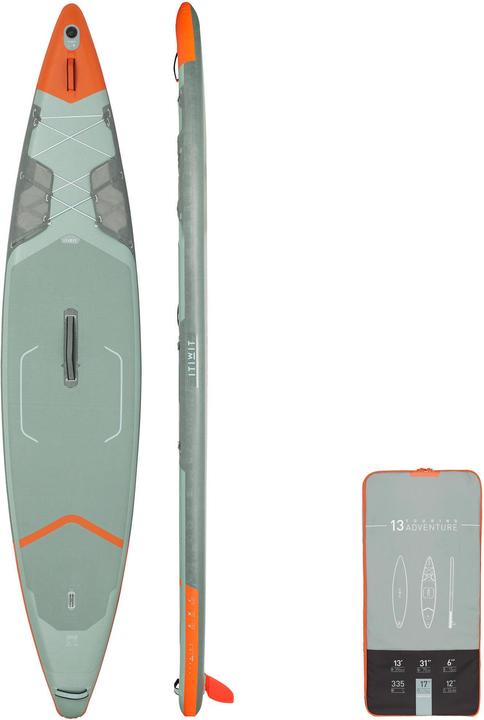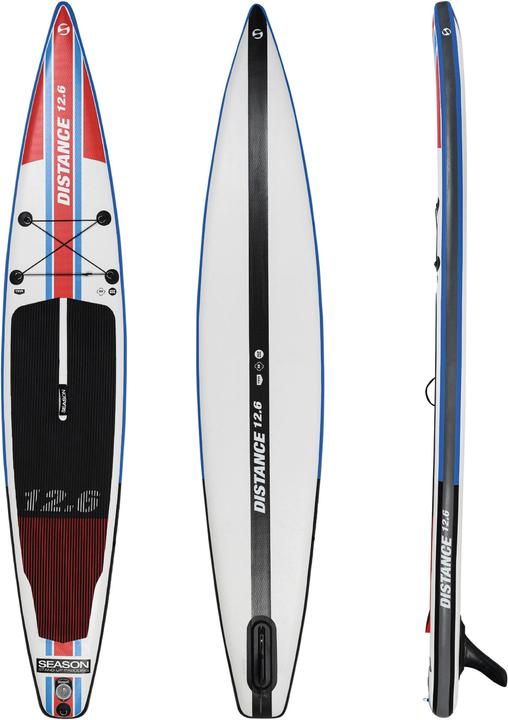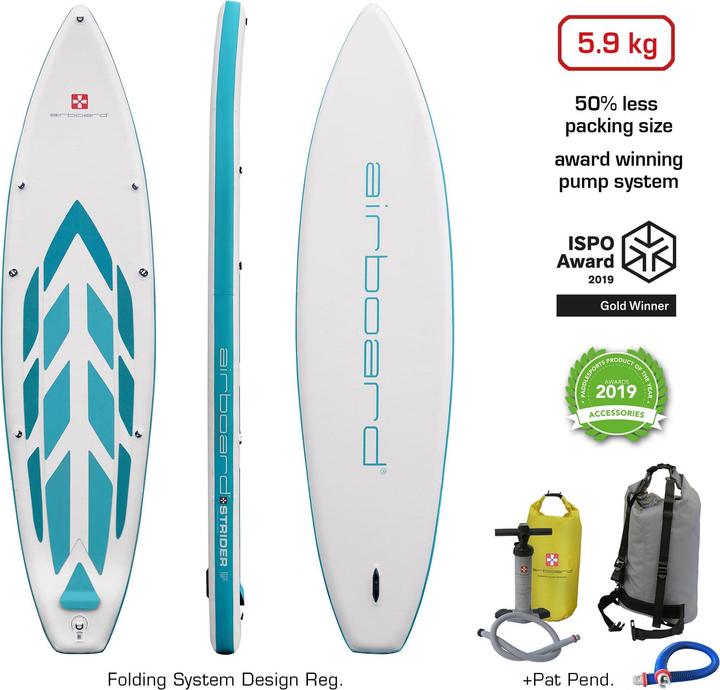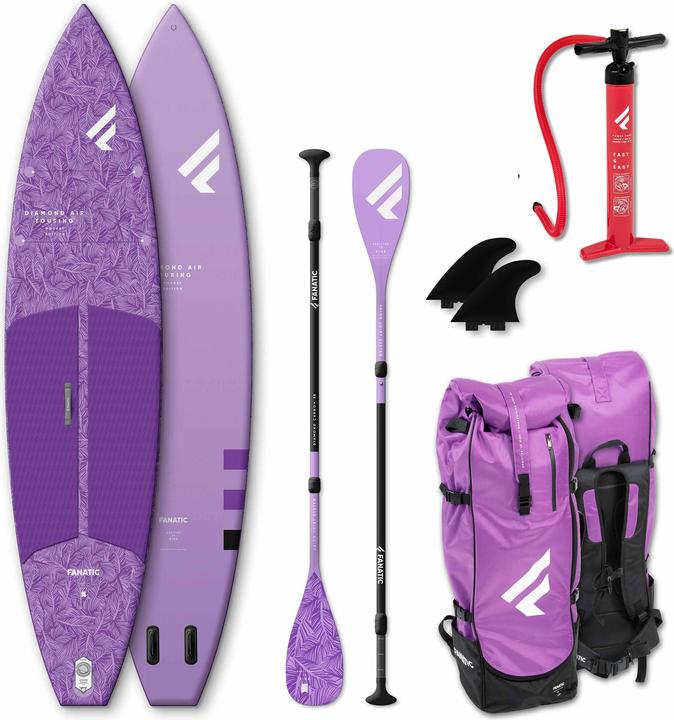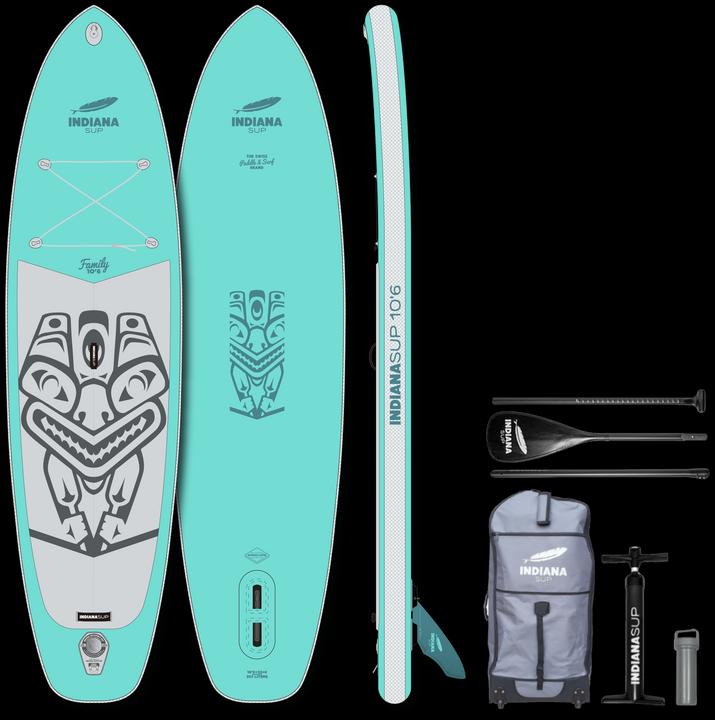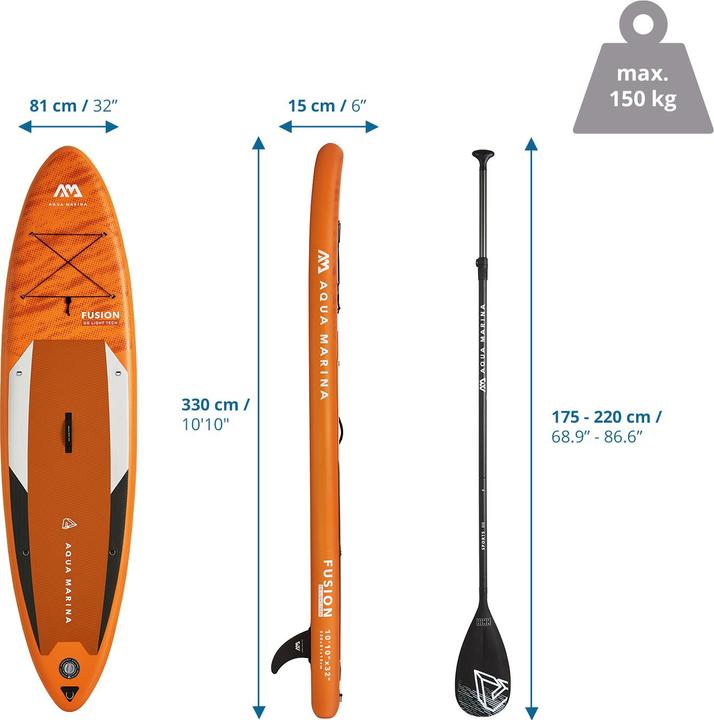

Stand-up paddleboards 101
Have you got into stand-up paddleboarding and want to buy your own SUP? You’ll find long, short, round and tapered boards; inflatable boards and boards made of wood, carbon or fibreglass. How do you know which one’s right for you? Here are some things to consider.
Summer’s in full swing and the green-blue glittering waters invite you in to paddle. You’ve been dreaming of gliding across the lake on your own SUP. Has the time come to make your dream come true? Then let’s go!
Here’s what to consider when buying an SUP:
– Length, width and thickness of the board (i.e. the volume)
– Material
– Shape
– Weight
Hard or inflatable, long or short?
First up: do you want a hard or inflatable SUP?
If your garage is roomy enough to store it and you want a somewhat sportier ride, a hard SUP is a good choice. Keep in mind you’ll need a roof rack to transport it if your go-to lake isn’t within walking distance.
The rule of thumb is the stiffer the board, the better the ride. Hard boards made of wood, fibreglass or carbon glide better, can go faster and are easier to steer.
If you’re looking for a board you can easily stow away, you’ll do well with an inflatable model – also called an inflatable SUP or iSUP. You will have to make slight sacrifices in speed and rigidity compared to a hard board, but inflatable boards are fast enough for most recreational paddlers.
Another general rule that applies to both hard and inflatable SUPs is «the longer the board, the faster you’ll go». Longer lengths glide better, allowing you to reach higher speeds. In SUP racing, 14' boards (circa 4.27 metres) are used almost exclusively. For sporty recreational use, 12'6'' SUPs (3.66 metres) are recommended, because they’re a bit more manoeuvrable.
Larger, heavier paddlers weighing upwards of 85 kilogrammes and standing over 1.80 metres tall with sporty ambitions will be well served with a 14' board.
The combination of length, width and thickness influences the glide characteristics. A wide board is slower because of the greater amount of water the paddler has to displace. You may also have heard that wide boards are always less wobbly. This is only one side of the coin; the thickness of the board also plays a role in stability.
Sturdy, high-quality SUPs will usually be 6 inches, or 15.25 centimetres, thick. Not-so-good boards or boards made for children and teenagers will have a thickness of only 4 to 5 inches, or 10.16 to 12.7 centimetres. This reduces the overall volume – and with it, the stability. Thin boards will often feel a bit flimsy when used by adults.
In terms of width, SUPs up to 30 inches (76 centimetres) are suitable for paddlers under 80 kilogrammes. If you weigh between 80 and 100 kilogrammes, a board with a width of 31 to 32 inches (up to 81 centimetres) is a good choice.
Hard touring SUPs
Are you a recreational paddler who has room for a hardboard and likes to get in some kilometres? Then a touring SUP is the way to go. Touring boards are characterised by their relatively pointed nose, where they displace water. Due to their shape – that is, their relatively straight sides – they travel well in a straight line. Unlike pure racing boards, touring boards are quite stable. They’re not too narrow (28 to 31 inches, or 71 to 79 centimetres) and usually offer a tension strap for light luggage such as a jacket, snacks and a water bottle. Since the boards are made of high-quality materials, they’re much more expensive than inflatable SUPs.
Here’s a selection of touring hard boards you can hop on to explore lakes in sporty style:
Inflatable touring SUPs
You’re not limited to hard boards if you want a sporty ride and hope to cover longer distances with your SUP. Inflatable touring boards are also a good choice. What often gets overlooked is that they’re also great for families. Because of their longer length, they have a high volume that offers stability. Due to their size, kids have a lower centre of gravity, responsible for good balance. Because of this, they can often paddle safely on touring boards.
As an SUP instructor, I have several Airboard brand SUPs at hand at my station. I’ve found that especially the lightweight Airboard Shark, which weighs 8.1 kilogrammes, works well for smaller, lighter people over 1.45 metres in height and 40 kilogrammes in weight. For comparison, most inflatable touring boards weigh between 10 and 12 kilogrammes.
Because they’re inflatable, these boards are easy to store. They glide over the water well and offer quite high stability due to their volume.
Quick and lightweight SUPs
If you have to carry your board to the lake or want to pop it on your back and hop on the bike, bus or train, the weight plays a crucial role. You’ll also be happy to have a lighter board when accelerating on the water.
Some manufacturers have managed to reduce the weight of SUP boards without sacrificing too much stiffness. The Swiss brand Airboard has taken a pioneering role in this segment. Their ultra-light Strider boards, which weigh just 5.9 kilogrammes, won the ISPO Gold Award in 2019. The Indiana Feather weighs 7.5 kilogrammes, while the Fanatic Diamond Air comes in at 6.8 kilogrammes.
All-rounder SUPs
Many paddlers who are just starting out opt for an all-rounder board. Now, «all-rounder» suggests that these boards are good for all conditions. But in reality, they quickly reach their limits, especially in Switzerland. Shape-wise, all-rounder boards are reminiscent of surfboards with their round nose. Under certain conditions, they can be used for SUP surfing, as was pointed out in an article published in the iSupWorld magazine. But we don’t have sea access in Switzerland, so there are no real surf spots to write home about.
On a lake, all-rounder boards are primarily suitable for very leisurely paddlers – those who want to paddle a bit and sunbathe a lot. Due to their oval shape, they don’t displace water as well at the tip and therefore take more strength to move forward. Their rounded shape also makes it more difficult to paddle in a straight line. Most of them don’t glide as nicely as a touring board.
All-rounder boards are usually shorter than touring boards. Common lengths are 10' to 11', or between about 3 and 3.40 metres. Boards any shorter than this are not recommended, especially not for adults; they often have too little volume and feel flimsy as a result. For all-rounder boards, you should make sure that they, too, can be inflated to at least 1 bar / 15 psi. Otherwise, they’ll be too unstable and you’ll feel every little wind wave.
Before you buy an SUP, you should definitely get to know the most important rules and recommendations for paddling on Swiss waters:
Header image: Stefan Munsch
Research diver, outdoor guide and SUP instructor – I love being in, on and around water. Lakes, rivers and the ocean are my playgrounds. For a change of perspective, I look at the world from above while trail running or flying drones.
Practical solutions for everyday problems with technology, household hacks and much more.
Show all